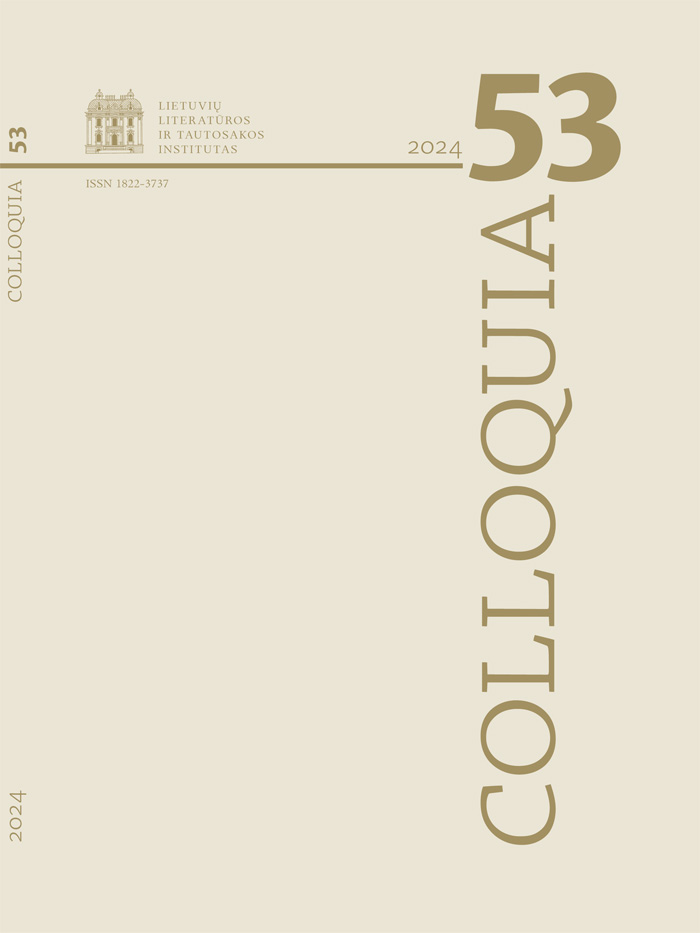The Noble Witch Reflected in Different Mirrors. The Transformation of the Motif of Veronika of Desenice in the Slovenian Cultural Canon
Abstract
The fate of Veronika of Desenice, a Medieval lady who was tried (and subsequently acquitted) in the first witchcraft trial on Slovenian soil, has been a profound source of inspiration for Slovenian folklore and culture since the 15th century. Over time, it has gradually evolved into one of the culture’s most enduring and canonical motifs. An impressive array of more than 25 texts, spanning various genres such as dramas, operas and novels, has emerged in the modern era, which has its beginnings in Slovenia 1848. In this article, I aim to examine the use of the motif of Veronika in modern texts, and elucidate the transformation of the narratives associated with it over time. The article specifically investigates the shifting focus on different aspects of the story, and the evolving techniques employed in its re-telling. Approximately half of these texts came into existence before the Second World War, while about five were produced during the period of communist Yugoslavia, with the remaining works originating in the era of independent Slovenia. In addition, several of these texts were written by authors in exile. Drawing upon this extensive material, the study presents an exploration of the similarities and differences in the portrayal of Veronika of Desenice in changing circumstances, with a particular emphasis on works from the eras of communist and independent Slovenia.

This work is licensed under a Creative Commons Attribution 4.0 International License.
Downloads
Most read articles in this journal
- Thomas F. Broden, Algirdas Julius Greimas: Education, Convictions, Career , Colloquia: Vol. 33 (2014)
- Aistė Kučinskienė, Literary Scholars and Society: Between Marginalization and Elitism , Colloquia: Vol. 50 (2022): Colloquia
- Arūnas Sverdiolas , Witold Gombrowicz and Philosophy , Colloquia: Vol. 45 (2020)
- Violeta Kelertienė, Birutė Putrius, Lithuanian Authors and Topics in the US , Colloquia: Vol. 44 (2020)
- Aušra Gudavičiūtė, Dimensions of Poetic Expression in Drama and Theatre , Colloquia: Vol. 36 (2016)
- Artis Ostups, Secondary Witnessing and Narrative Erasure in Inga Gaile’s The Beautiful Ones , Colloquia: Vol. 50 (2022): Colloquia
- Izabelė Skikaitė, The Mythic Structure of Olga Tokarczuk’s Novel Flights , Colloquia: Vol. 49 (2022)
- Pavel Lavrinec, The Dynamics of Tomas Venclova’s Reputation in the Russian-Language Press in Lithuania (1989-1998) , Colloquia: Vol. 51 (2023): Colloquia
- Aušra Kundrotaitė, The Autobiographical Pact as an Architectural Palimpsest: Judita Vaičiūnaitė’s Mabre viešbutis , Colloquia: Vol. 46 (2021)
- Ellen Hinsey, To Set the Time Right: Truth and Atonement in Tomas Veclova‘s Work , Colloquia: Vol. 42 (2019)




